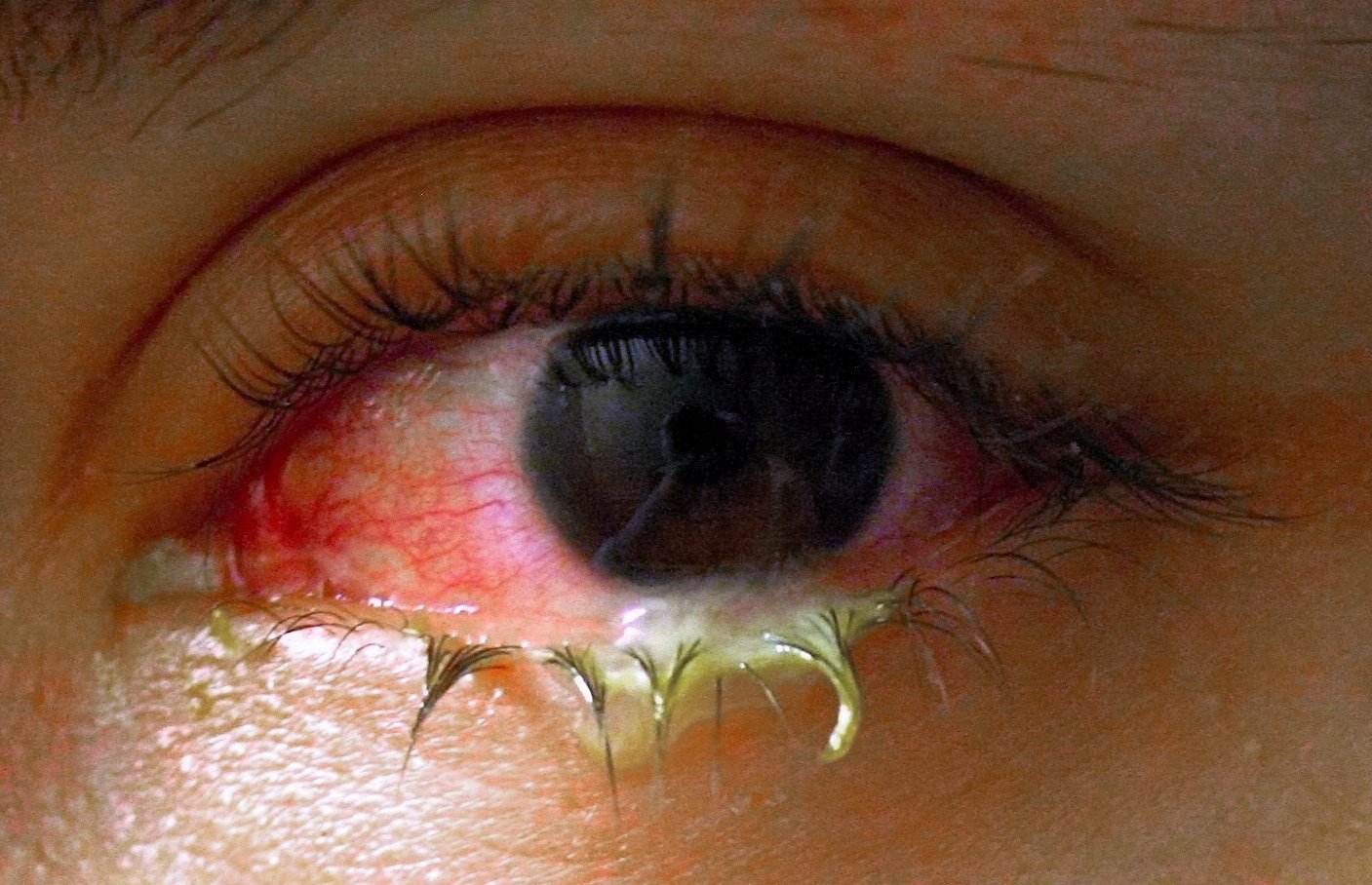Conjunctivitis, commonly referred to as “pink eye,” is a widespread eye condition affecting millions of people worldwide annually. Although it may seem like a minor ailment, conjunctivitis can cause discomfort and is highly contagious.
In this article, we will delve into the fundamentals of conjunctivitis, including its causes, modes of transmission, and essential precautions to curb its spread.
What is Conjunctivitis? Conjunctivitis is characterized by the inflammation of the conjunctiva, a thin and transparent layer of tissue covering the white part of the eye (sclera) and lining the inner surface of the eyelids. This condition can arise from various triggers, including viral, bacterial, or allergic factors. Each type of conjunctivitis displays distinct characteristics, necessitating specific approaches to treatment and prevention.
How does Conjunctivitis Spread?
Viral Conjunctivitis:
- Common Colds and Respiratory Viruses: Viral conjunctivitis often coincides with upper respiratory tract infections like the common cold. It spreads through airborne respiratory droplets or via contact with contaminated surfaces and subsequent eye contact.
Bacterial Conjunctivitis:
- Direct Contact: Bacterial conjunctivitis is typically transmitted through direct contact with infected eye secretions or contaminated objects, such as towels or makeup brushes.
Allergic Conjunctivitis:
- Allergen Exposure: Unlike the contagious types, allergic conjunctivitis is non-transmissible. It is triggered by exposure to allergens such as pollen, dust mites, or pet dander and does not spread from person to person.
Preventive Measures Taking proactive measures to prevent conjunctivitis, particularly its contagious forms, is crucial. Here are essential preventive steps:
Practice Good Hygiene:
- Frequent Handwashing: Regularly wash your hands thoroughly, especially after touching your face or coming into contact with individuals affected by conjunctivitis.
- Avoid Eye Rubbing: Refrain from touching or rubbing your eyes, as this can introduce germs and irritants.
Personal Items:
- Avoid Sharing: Do not share personal items like towels, washcloths, or eye makeup with others. Regularly replace eye makeup products to minimize the risk of bacterial contamination.
Isolation:
- Isolate Infected Individuals: If someone in your household has conjunctivitis, encourage them to maintain distance from others and adhere to good hygiene practices to prevent infection spread.
Allergen Avoidance:
- Identify Allergens: If you suffer from allergic conjunctivitis, identify and minimize exposure to allergens triggering your symptoms. This may involve using air purifiers, keeping windows closed during high pollen seasons, and regularly cleaning your living environment.
Seek Medical Attention:
- If you suspect conjunctivitis or experience eye discomfort, consult a healthcare professional for proper diagnosis and treatment. Depending on the cause, treatment may include prescription eye drops, antihistamines, or antibiotics.
Conjunctivitis, whether viral, bacterial, or allergic, can be an uncomfortable and contagious condition. Understanding its modes of transmission and adopting preventive measures is essential in mitigating its impact.
Remember that early intervention and proactive precautions play a pivotal role in safeguarding your eye health and that of those around you.



